The Amazon rainforest plays a massive role in the planet's future regarding climate change. The rainforest creates a cooling effect because its trees channel heat into the atmosphere. It also protects the Earth from greenhouse gasses by storing 150 to 200 billion tons of carbon.
The health of the Amazon is vital to all life on Earth because it releases 20 billion tons of water into the atmosphere each day, playing a pivotal role in the planet’s water cycle. But unfortunately, the Amazon is under threat from deforestation.
"Despite some important conservation successes, the Amazon faces greater threats than ever before. We need to act fast to protect this life-sustaining treasure for the millions of species and people that depend on it,” Sarah Hutchinson, the World Wildlife Foundation’s Chief Latin American Advisor, said on its website.
Even though the situation in the Amazon seems dire, there was some great news to come out of the rainforest recently. Brazil, home to 60% of the rainforest, announced that it reduced deforestation by 50% from 2022 to 2023.
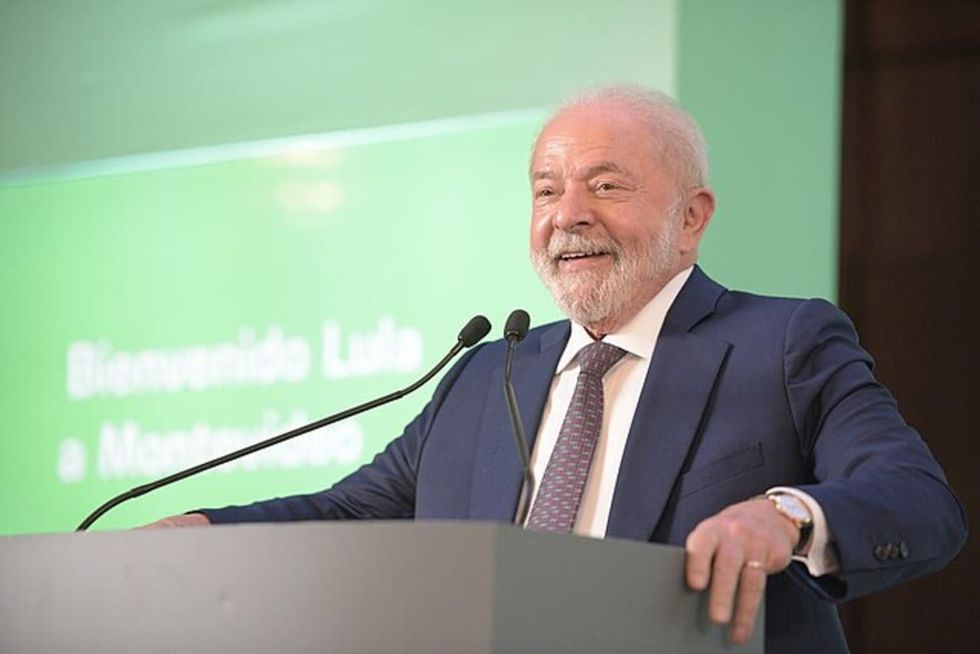
The change came after the election of President Luiz Inácio Lula da Silva, who stepped up enforcement in the area, slowing forest clearing by ranchers and farmers. In 2023, Brazil lost 1,989 square miles of rainforest, compared to 2022, when there was a drop of 3,963 square miles.
Under the country’s previous president, Jair Bolsonaro, deforestation in the Amazon had reached a 15-year high. The Bolsonaro administration weakened environmental protection while allowing development by farmers and land grabbers who felt maligned by the country’s environmental laws.
“The effort of reversing the curve of growth has been reached. That is a fact: we reversed the curve; deforestation isn’t increasing,” João Paulo Capobianco, the Environment Ministry’s executive secretary, said during a presentation.
The big problem with protecting the Amazon is that it is an important economic resource for Latin America as it’s a major source of agri-food exports to the European Union. Cattle ranching for the production of beef sold to the U.S. and China is also a major cause of deforestation, as is soybean production.
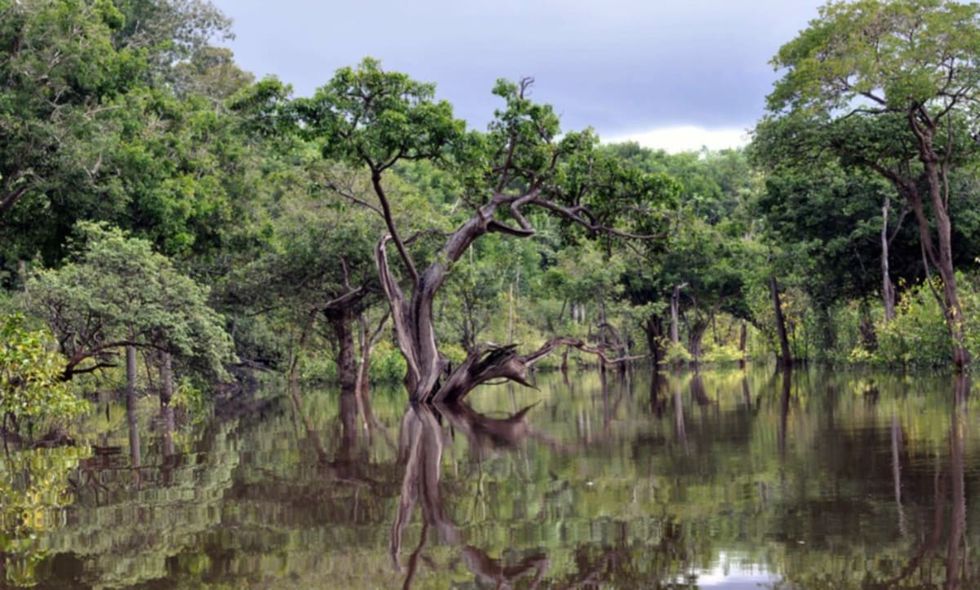
Deforestation not only prevents future carbon sequester but it undoes past gains. After the tree is cut down, most of the carbon sequestered by the tree is released back into the atmosphere as carbon dioxide, contributing to climate change.
Land use change, principally deforestation, contributes to up to 20% of global greenhouse gas emissions.
The fight to save the Amazon is a long battle, and the good news is that a tremendous amount of progress has been made in reducing deforestation over the past 20-plus years. In the late 1990s, over 20,000 square miles of Brazillian rainforest were destroyed every year, about ten times the amount lost in 2023.
President Lula believes that there is a bright future for the Amazon and has pledged to achieve zero deforestation by the end of the decade. He calls it the “Amazon dream.”
“The Amazon can be whatever we want it to be: an Amazon with greener cities, with cleaner air, with mercury-free rivers and forests that are left standing; an Amazon with food on the table, dignified jobs and public services that are available to all; an Amazon with healthier children, well-received migrants [and] Indigenous people who are respected,” Lula said at a rainforest summit.


















 Representative Image Source: Pexels | Anni Roenkae
Representative Image Source: Pexels | Anni Roenkae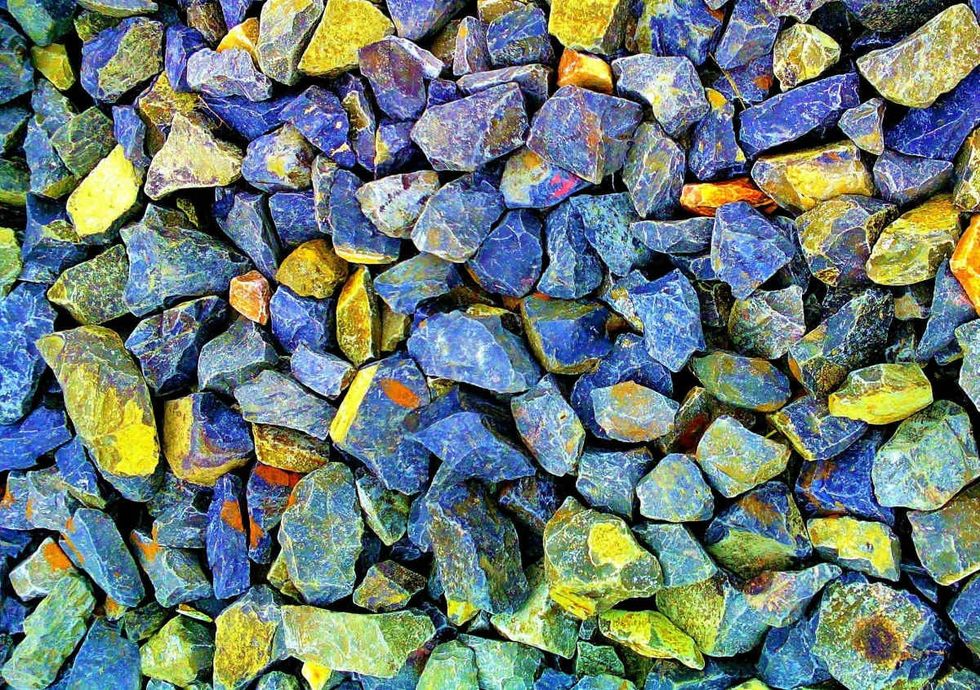 Representative Image Source: Pexels | Its MSVR
Representative Image Source: Pexels | Its MSVR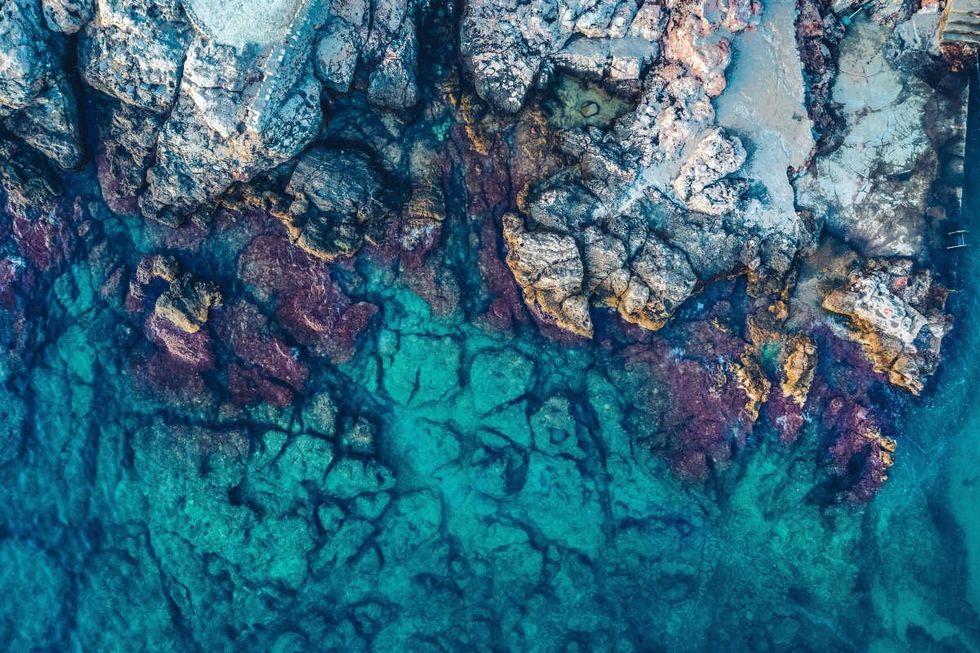 Representative Image Source: Pexels | Lucian Photography
Representative Image Source: Pexels | Lucian Photography

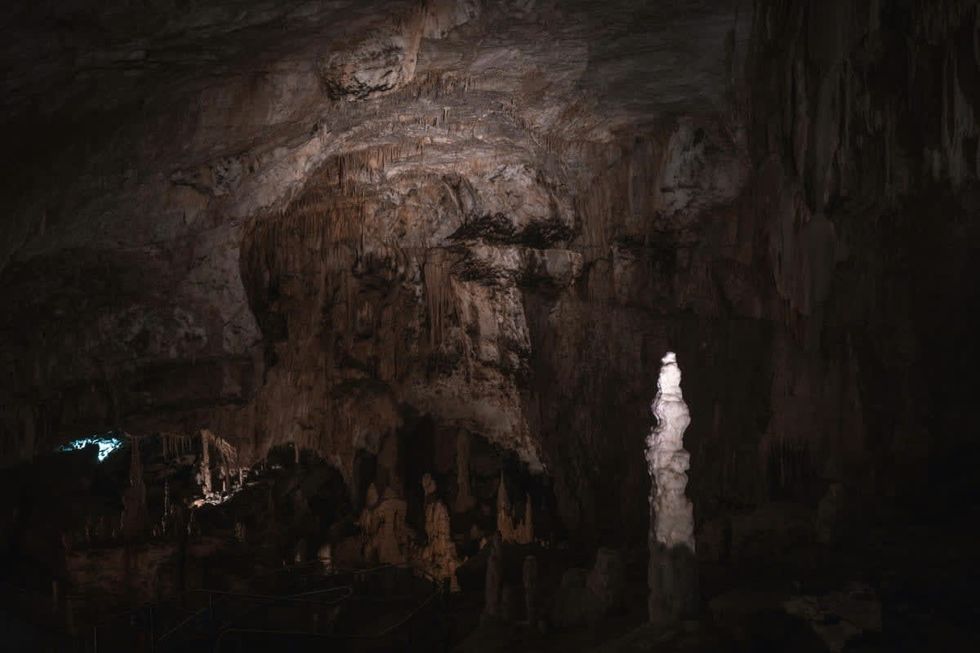 Representative Image Source: Pexels | francesco ungaro
Representative Image Source: Pexels | francesco ungaro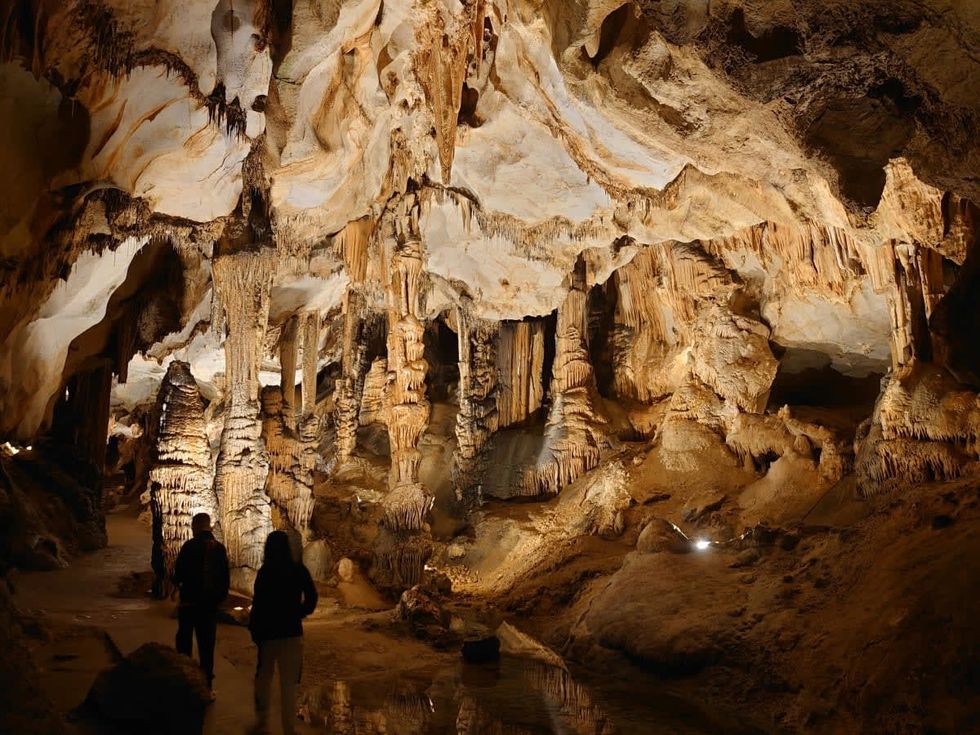 Representative Image Source: Pexels | parfait fongang
Representative Image Source: Pexels | parfait fongang Image Source: YouTube |
Image Source: YouTube |  Image Source: YouTube |
Image Source: YouTube |  Image Source: YouTube |
Image Source: YouTube | 
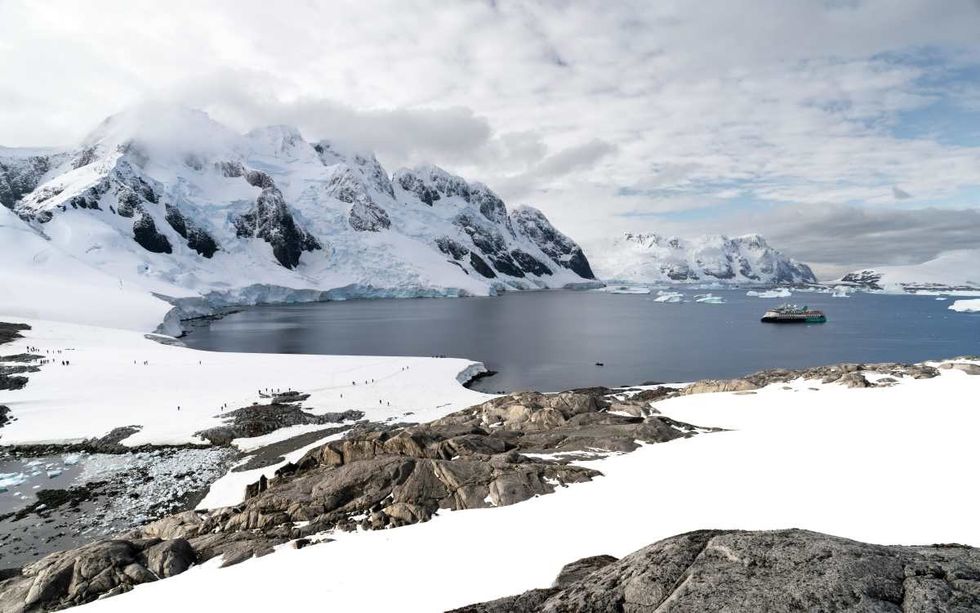 Representative Image Source: Pexels | Hugo Sykes
Representative Image Source: Pexels | Hugo Sykes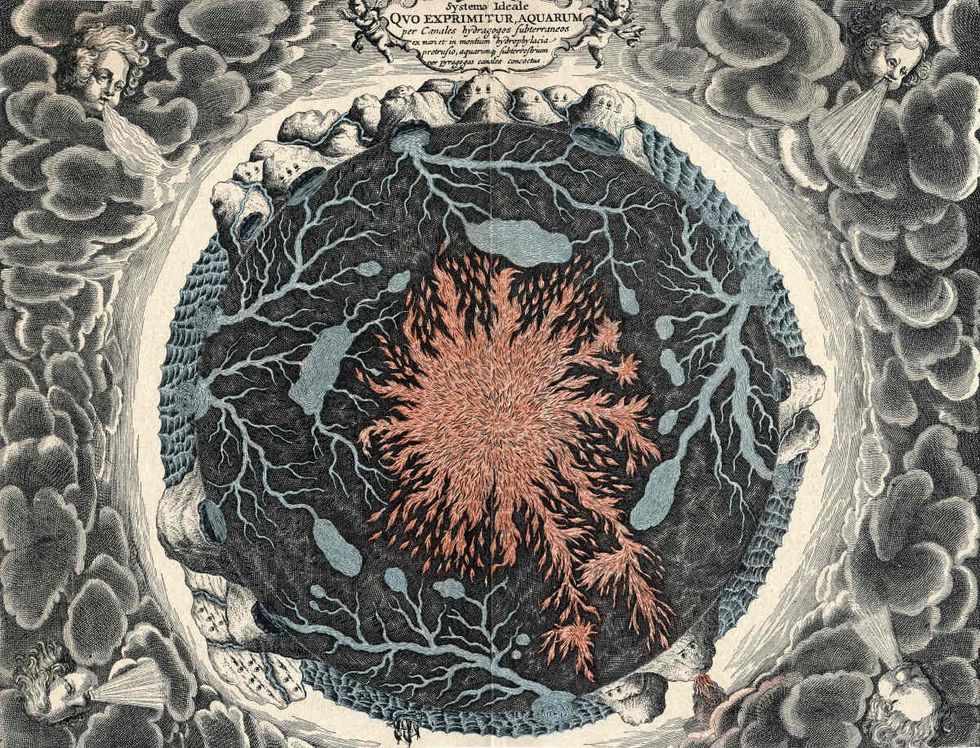 Representative Image Source: Sectional view of the Earth, showing central fire and underground canals linked to oceans, 1665. From Mundus Subterraneous by Athanasius Kircher. (Photo by Oxford Science Archive/Print Collector/Getty Images)
Representative Image Source: Sectional view of the Earth, showing central fire and underground canals linked to oceans, 1665. From Mundus Subterraneous by Athanasius Kircher. (Photo by Oxford Science Archive/Print Collector/Getty Images)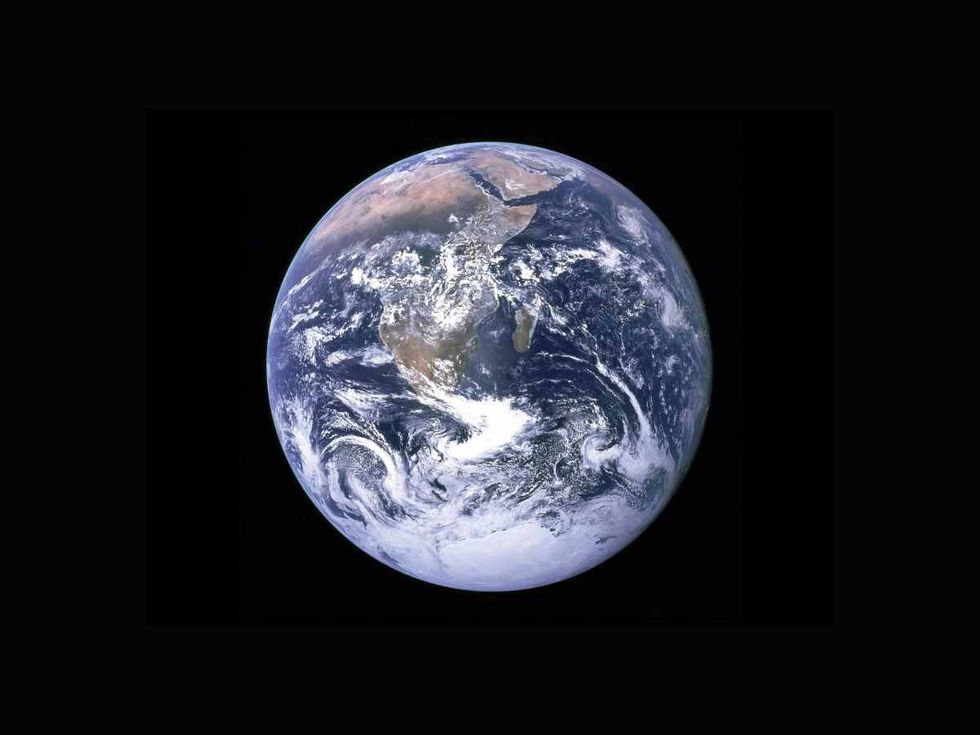 Representative Image Source: Pexels | NASA
Representative Image Source: Pexels | NASA
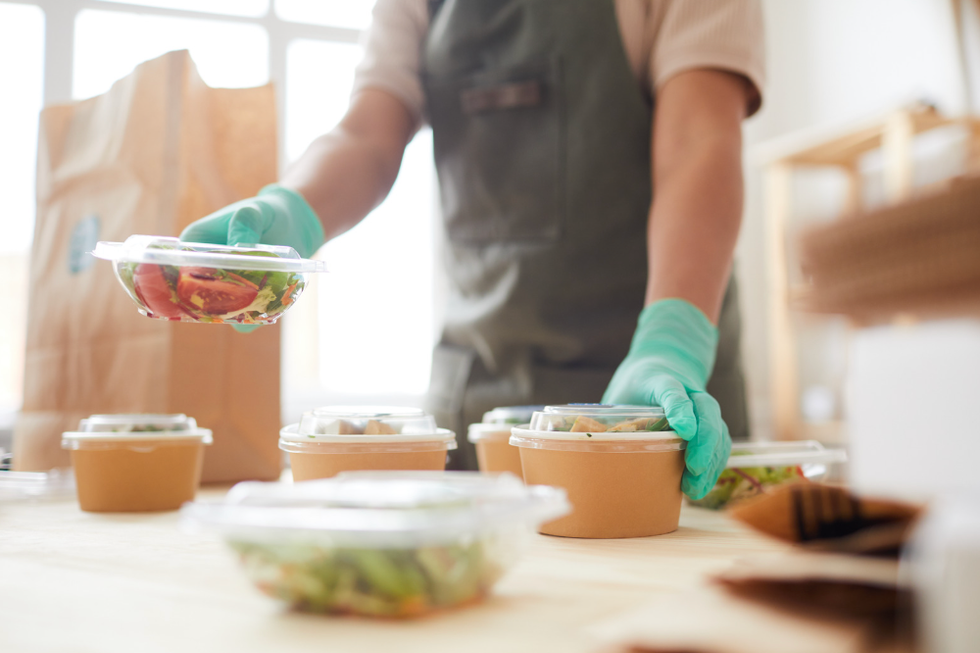
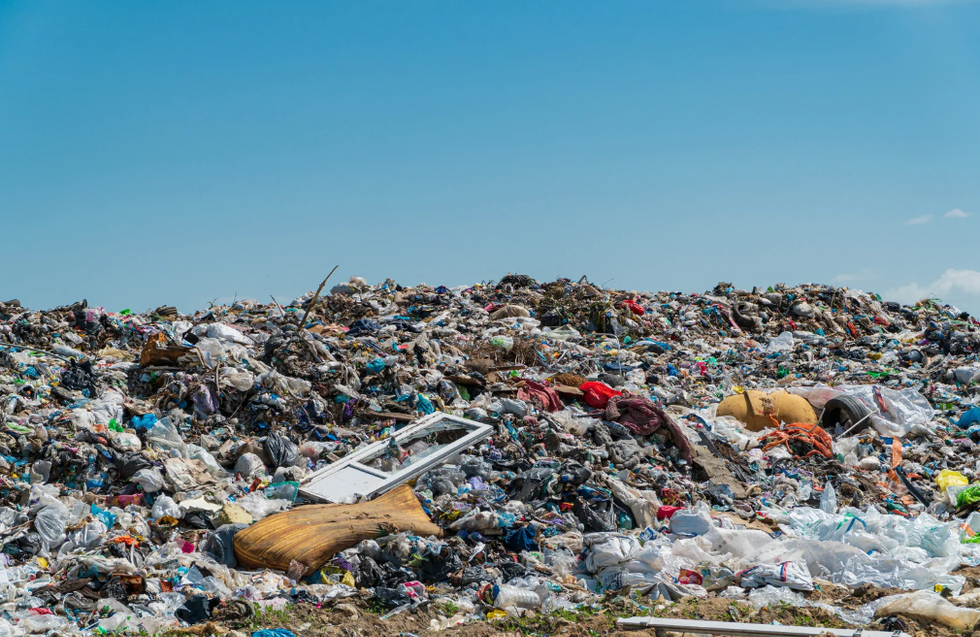


 Representative Image Source: Pexels | Steve Johnson
Representative Image Source: Pexels | Steve Johnson Representative Image Source: Pexels | RDNE Stock Project
Representative Image Source: Pexels | RDNE Stock Project Representative Image Source: Pexels | Mali Maeder
Representative Image Source: Pexels | Mali Maeder
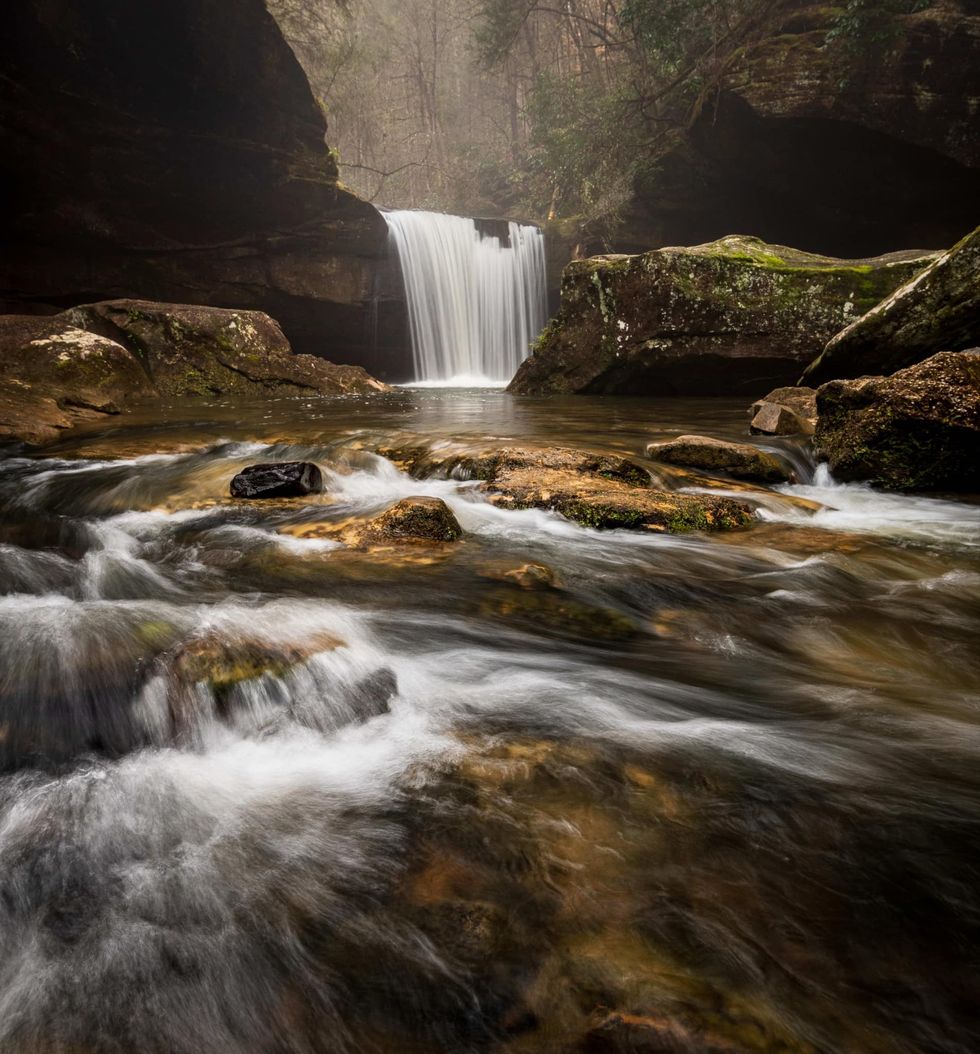 Photo: Craig Mack
Photo: Craig Mack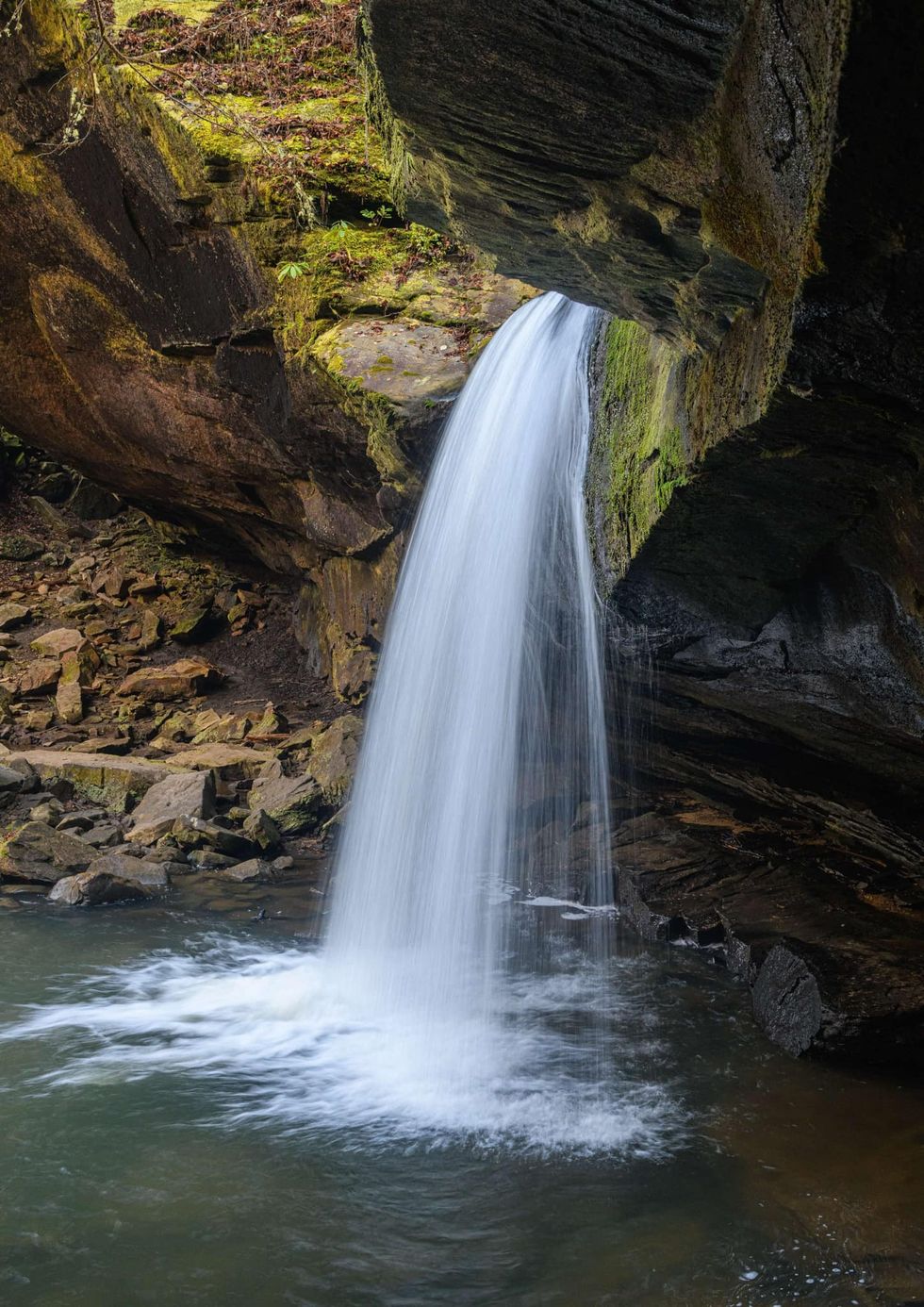 Photo: Craig Mack
Photo: Craig Mack